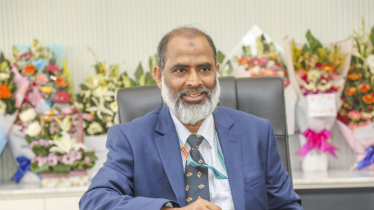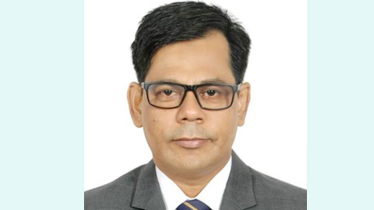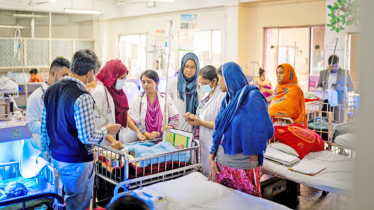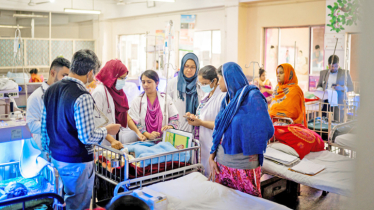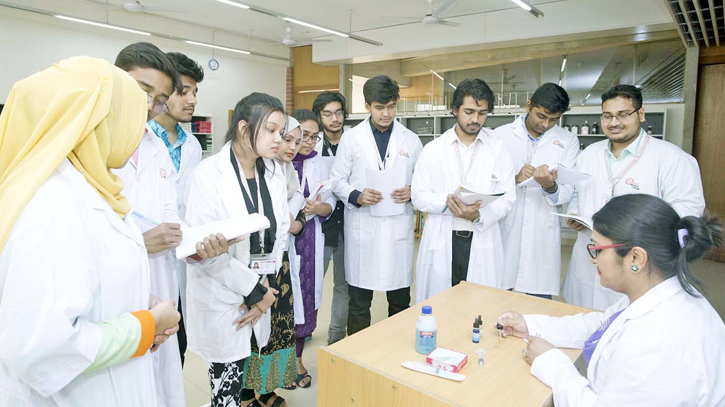
Photo : Collected
Majority of the people in Bangladesh are getting medical services from the private sector. Public health experts suggest exploring every option to improve the quality of service. The number of government hospitals in the country is 639. The number of beds is 67 thousand 735. The number of private clinics and hospitals is 5,577. The number of beds is 94 thousand 390. Private hospitals have increased by 900 percent in 24 years.
It is evident that Bangladesh has made progress in the realm of medicine. The number of hospitals, clinics, diagnostic centres, physicians, nurses, and other health professionals has expanded along with the nation's population. People are now getting the help of modern medical technology in the country. In these cases, private institutions are ahead of government institutions.
After half a century of independence, the picture of medical has changed a lot. The number of privately owned hospitals and the number of beds in them are now much higher than that of government institutions. At the same time, the scope of diagnosis is now more in the private sector. According to government statistics, the private sector is ahead of the public sector in providing medical services.
Medical services are almost free and diagnostic test fees are very low in government hospitals. Then why did the people of Bangladesh turn to privately owned clinics? Or why hundreds of private clinics and hospitals built?
Experts and academics in the field of public health assert that the emergence of private institutions can be attributed to a variety of socioeconomic factors, apart from the irregularities and poor management within government institutions.
People are not satisfied with the quality of service in government hospitals - the perception of many. Bangladesh's economic progress has worked behind the development of privately owned clinics and hospitals. The per capita income of the people of Bangladesh has increased. As income increases, the ability to spend on medical care also increases. Another reason is government support and cooperation. The various governments in power have given special importance to the private sector in the development of the country. The government has at various times provided financial incentives and policy support to accelerate the development of the private sector. Owners of private clinics and hospitals also got that benefit.
According to the information of the Department of Health, the number of government hospitals in upazila, district and central is 639. These include upazila health centers, district or headquarters hospitals, maternity and children's homes, government medical college hospitals and specialized hospitals. The total number of beds in these hospitals is 67 thousand 735. On the other hand, the number of private clinics and hospitals registered in the Department of Health is 5 thousand 577. The number of beds in these clinics and hospitals is 94 thousand 390. Apart from this, there are 10,727 registered diagnostic centers and 140 blood banks across the country. But the established perception is that apart from registration, there are many clinics and diagnostic centers in the country and people are getting treatment from there.
How much the number of private institutions has increased, can be understood in a document of the World Bank. The document published in 2005 says that in 1997 there were only 613 private hospitals and clinics in the country, the number of beds was 11 thousand 371. And there were 1 thousand 42 diagnostic centers. Private clinics and hospitals have increased by 900 percent in 24 years. Private hospitals continued to provide healthcare services even in the midst of the COVID-19 outbreak. Patients with corona have only received tests and treatment from institutes approved by the government.
Messenger/Fameema

